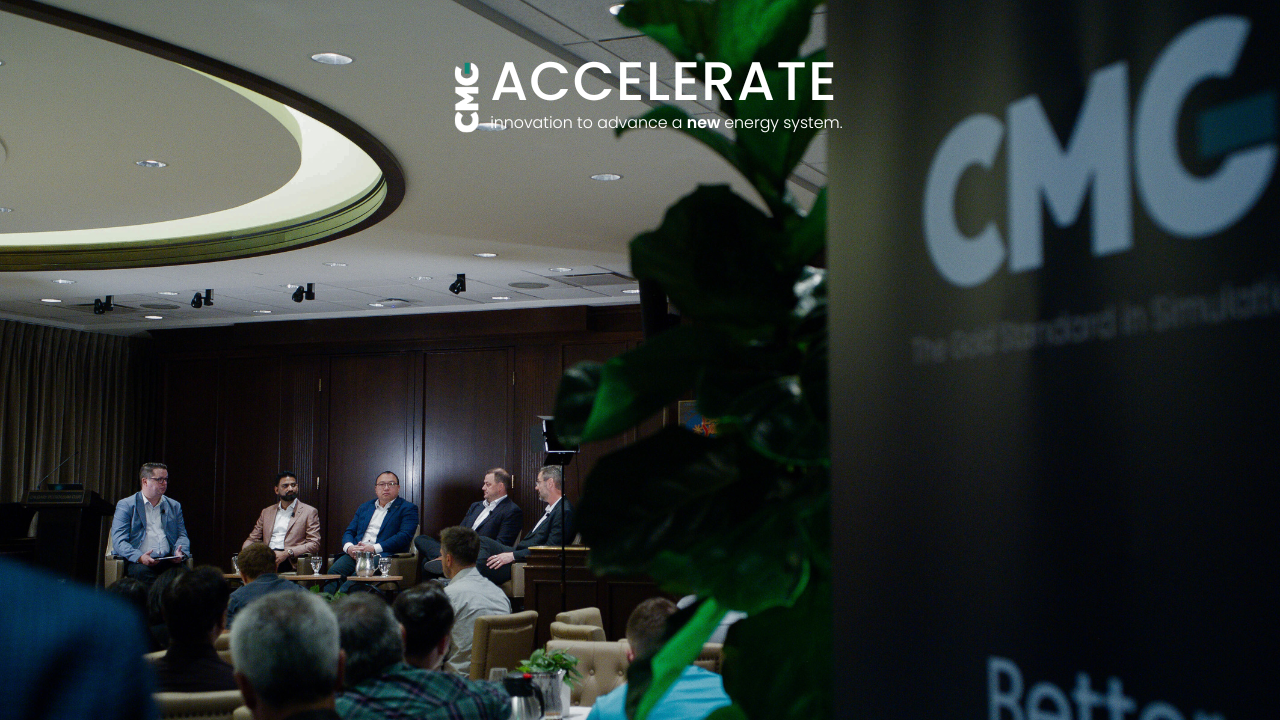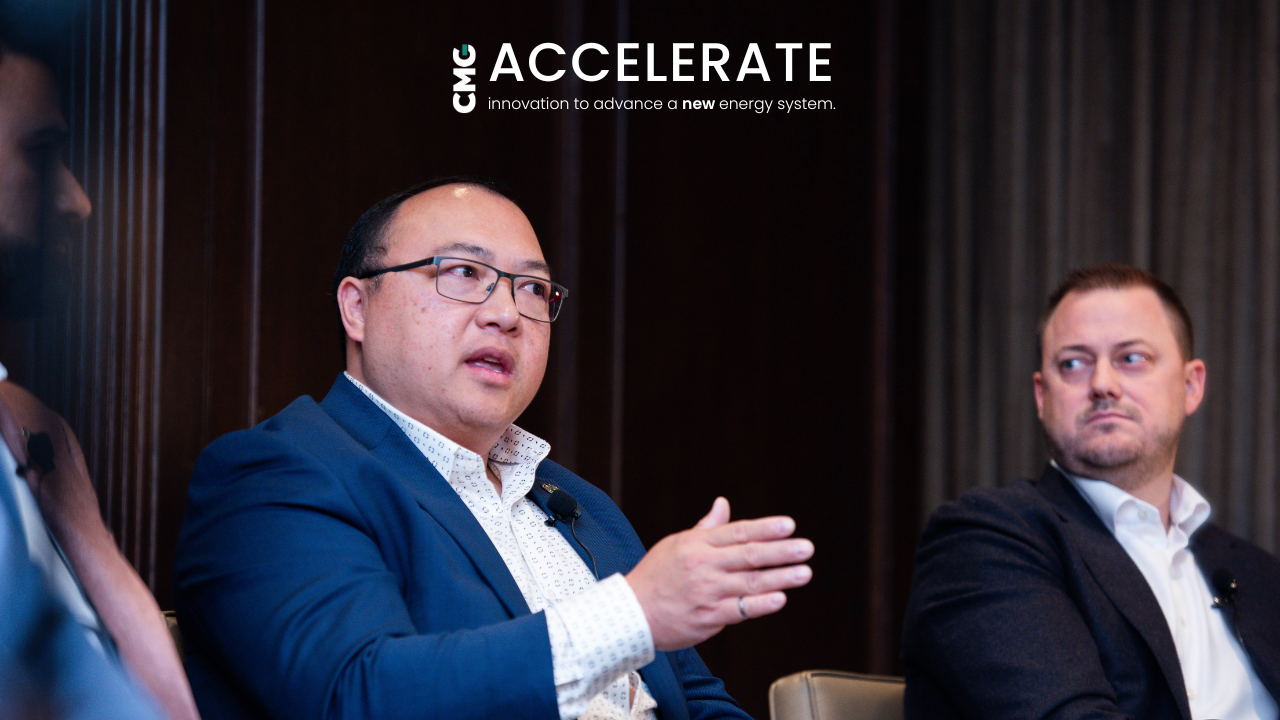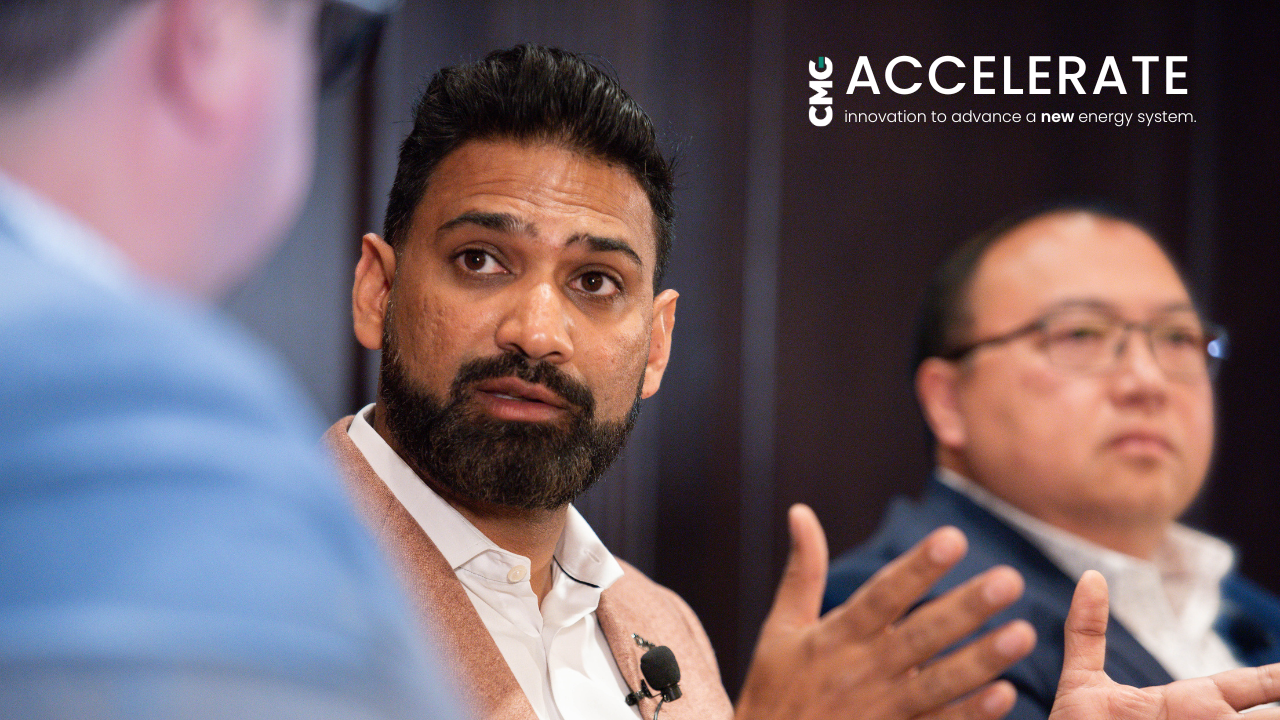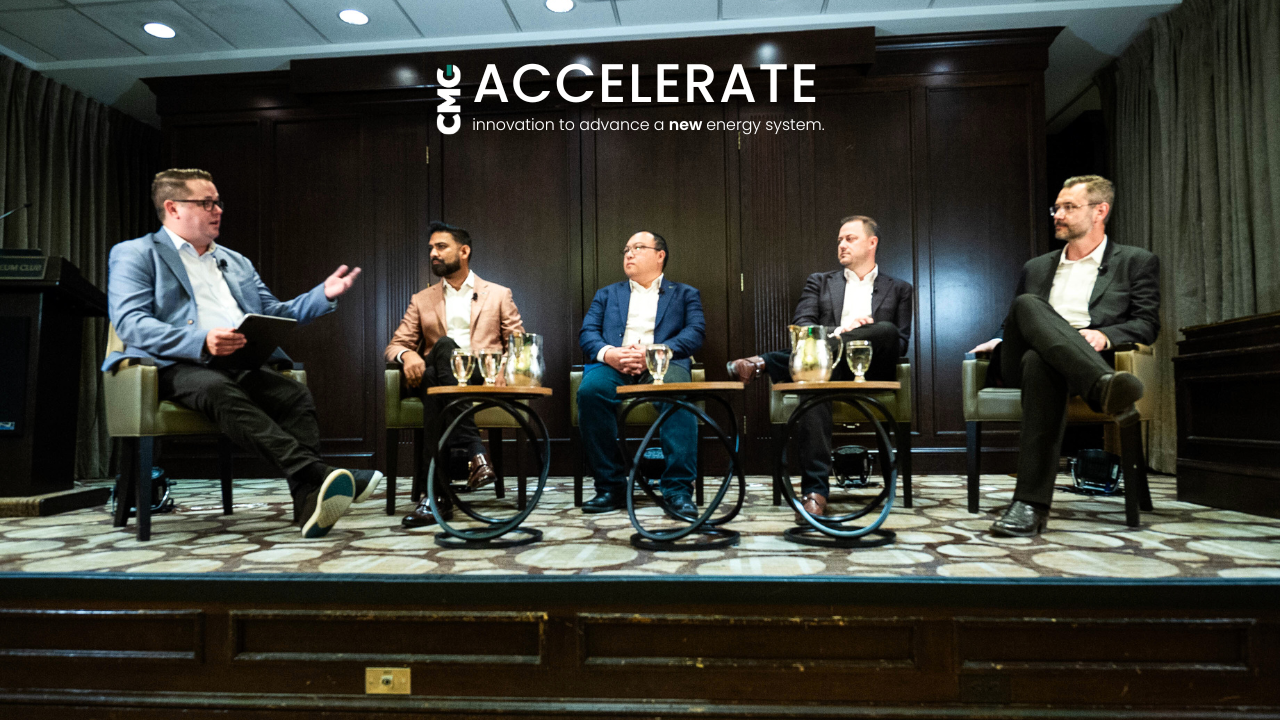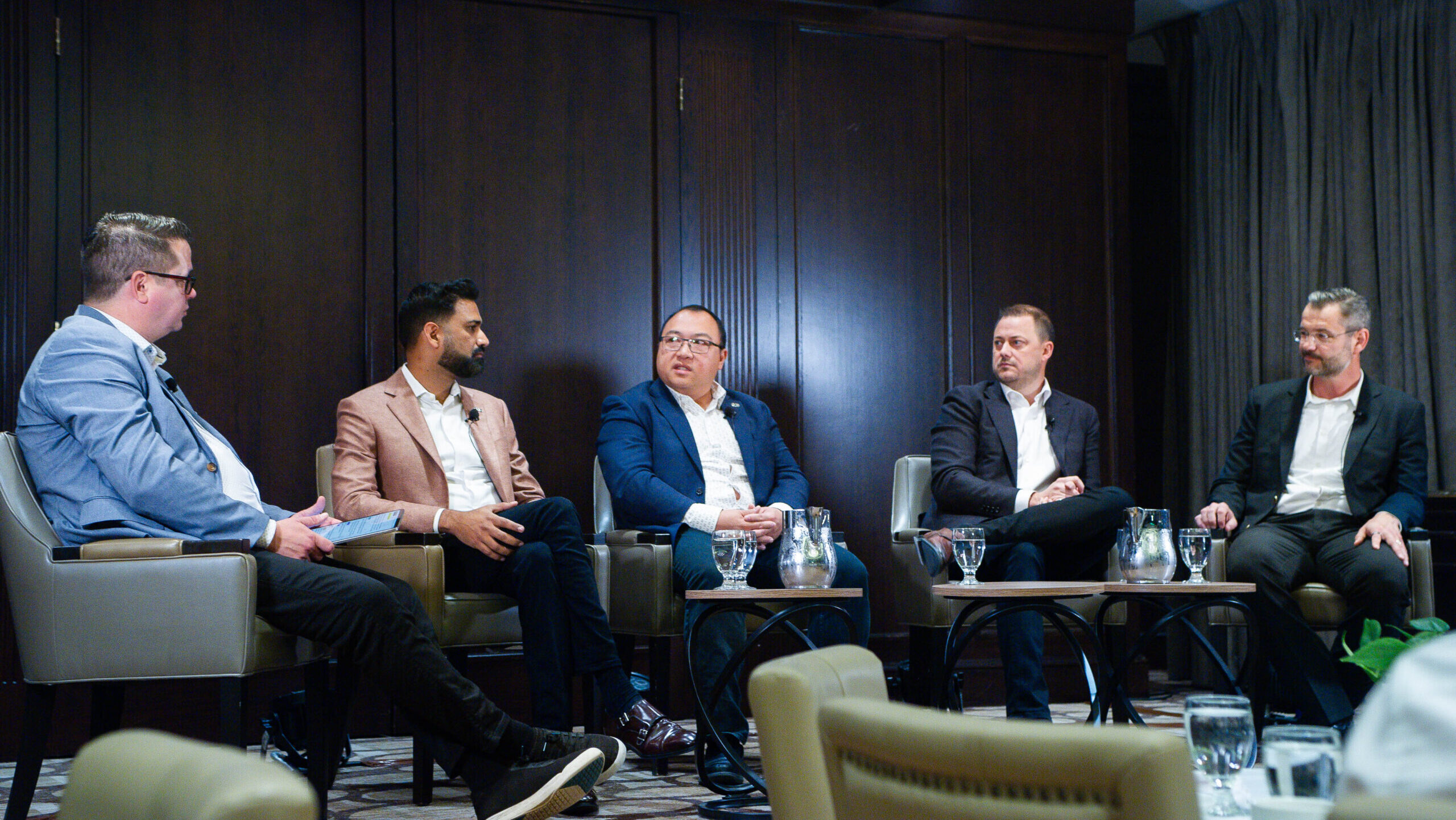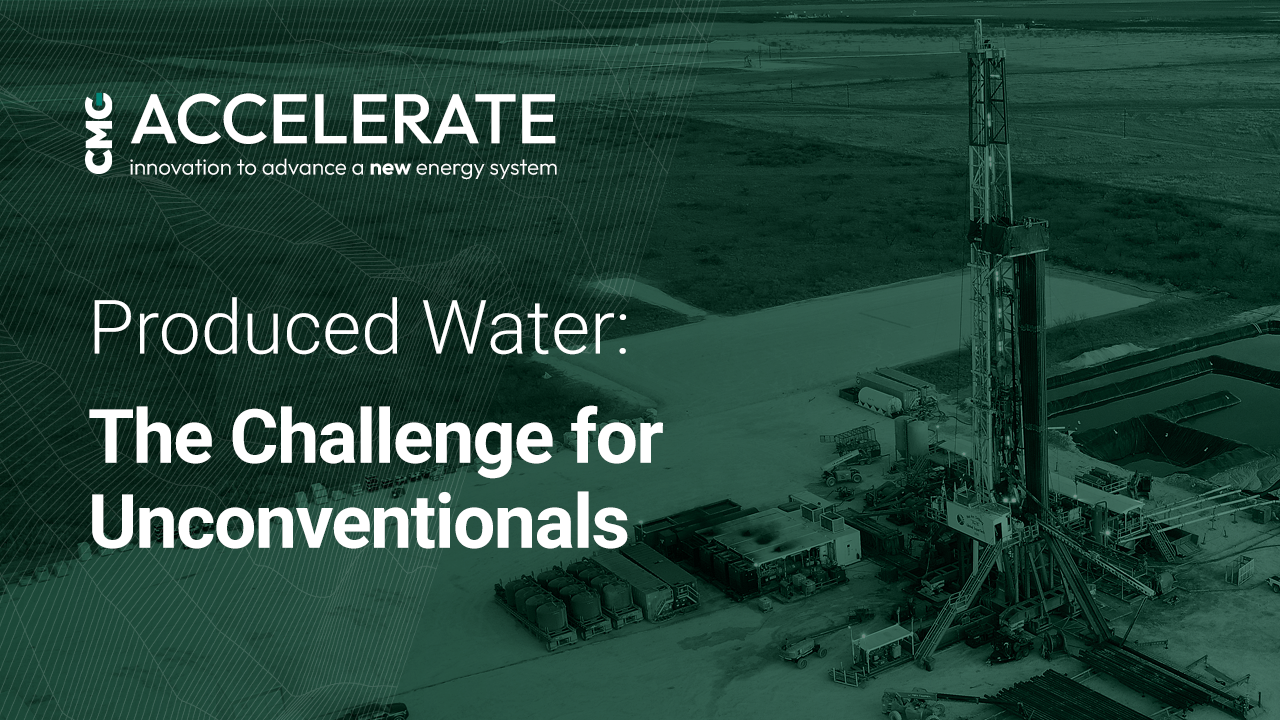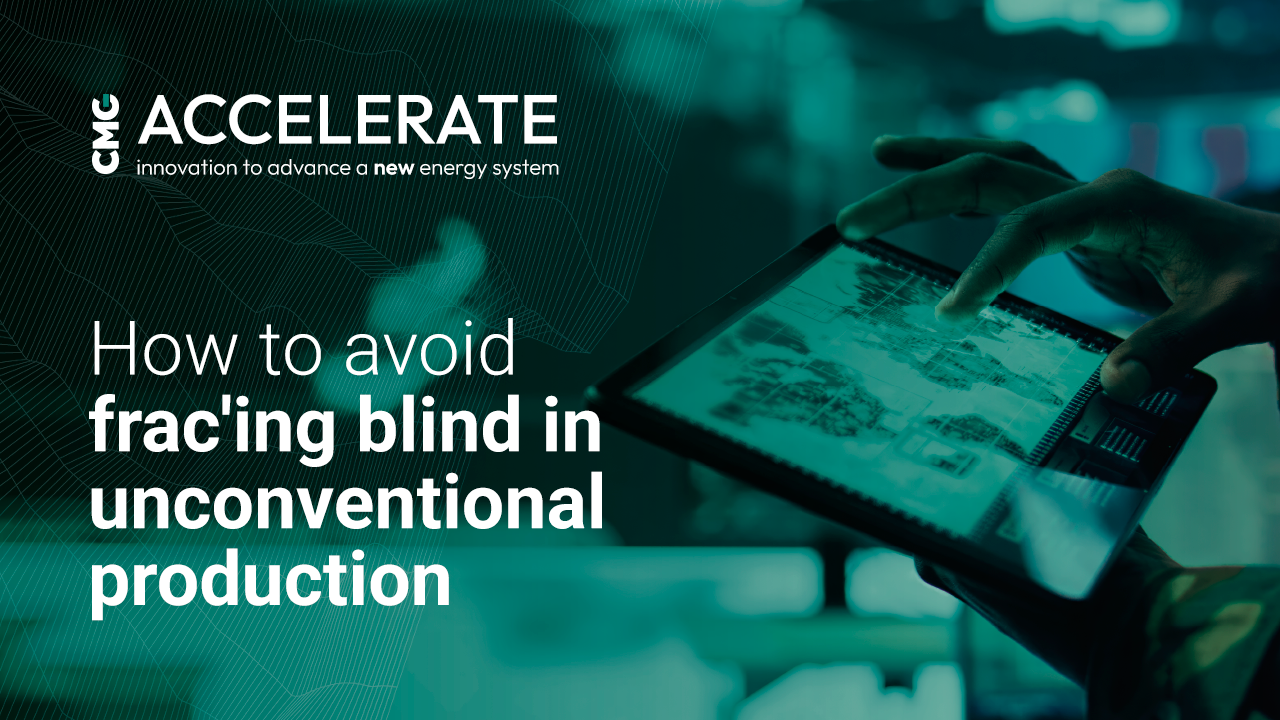Leadership in Canada’s energy sector is being tested by rising costs, operational complexity, and shifting expectations.
According to a survey by Bain & Company, nearly one third (31%) of executives from the resources sector reported their capital project costs increased by double-digit percentages over the last 12 months. And the majority (62%) of these leaders believe they will need to transform their company’s enterprise resource planning (ERP) system within three years.
Leadership strategies to manage massive shifts like these were a key conversation point at the FutureFlow 2025 panel, hosted by CMG and featuring executives from across the energy industry.
The panelists talked about how leadership expectations and approaches are evolving under the pressure of uncertain commodity markets, operational complexity and more.
And they agreed that moving away from more traditional, top-down systems of oversight to leadership that prioritizes shared risk management, idea sharing and even respectful differences of opinion, enables teams to better handle the complex challenges they’re facing everyday.
Watch the full panel discussion on what energy leaders are doing differently now
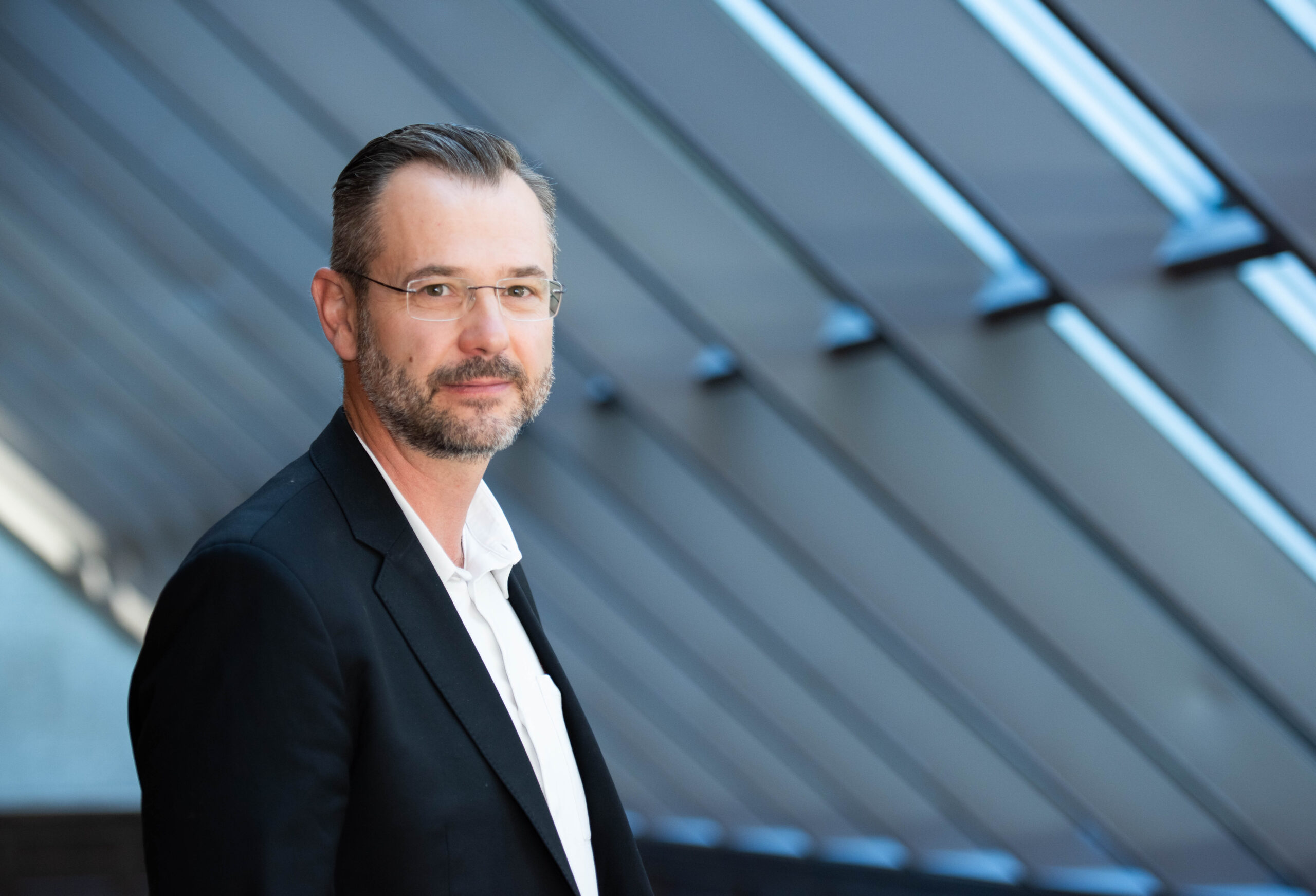
- Share and manage risk with your leadership team
For Sebastien Morin, COO of Gran Tierra Energy, modern leadership is less about being the primary decision-maker and more about establishing a framework for risk management that includes his whole team.
“I think you share risk as a leadership team within your group,” he said. “You discuss it and then what’s really cool about that is once you take an action, everyone is on board, and everyone understands the range of outcomes, and so you’re ready for something that’s not expected.”
Morin explained that his teams regularly work together to envision scenarios that might occur so they are prepared to handle the issues those circumstances could lead to.
Morin also stressed that lasting change depends on leadership. Incremental improvements take hold when leaders set the intention to change, communicate it clearly, and bring people along. That mindset, he said, is as important as any technical plan for managing risk.
Watch the full panel discussion on what energy leaders are doing differently now
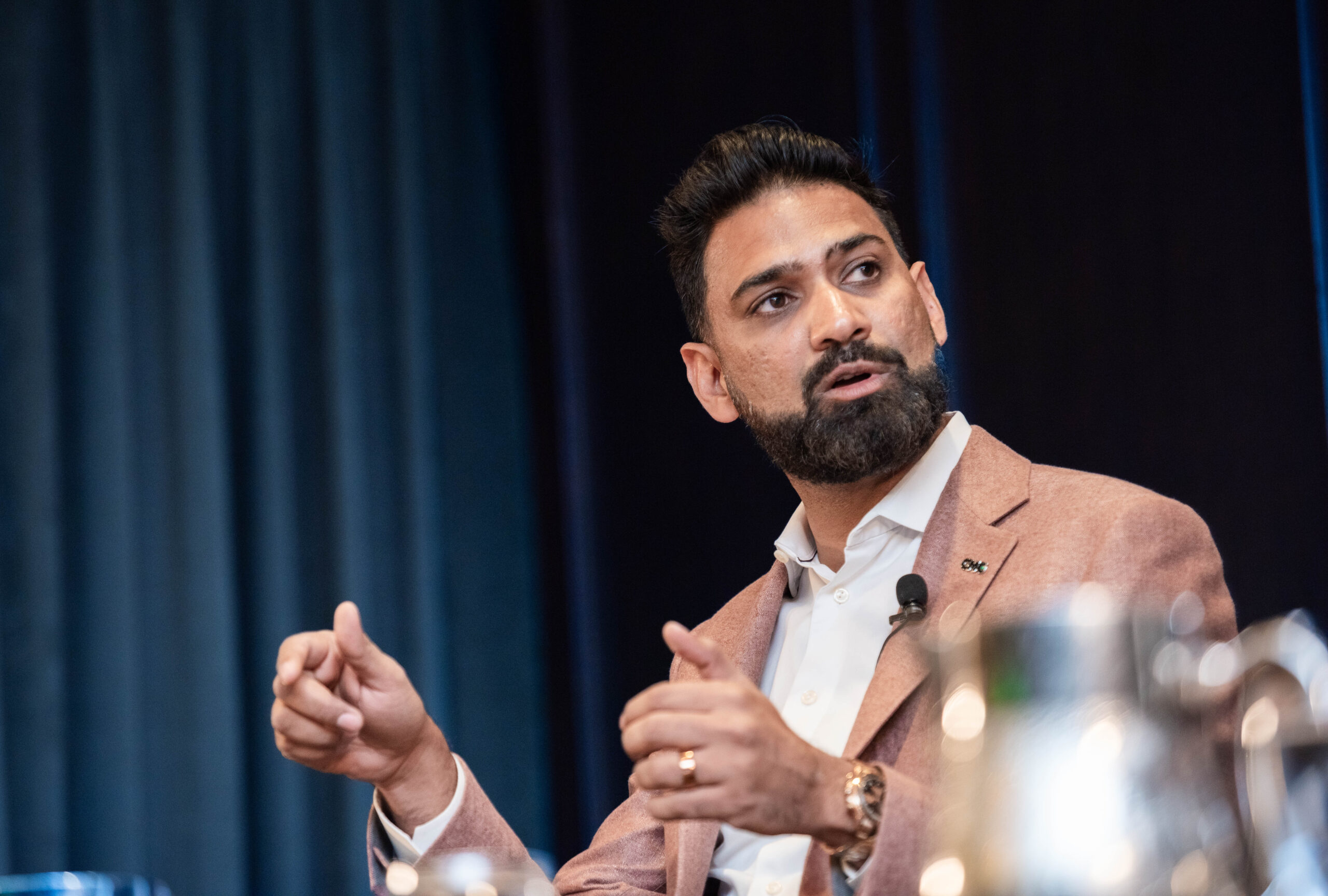
- Creating space for challenge, backed by data
Pramod Jain, CEO of Computer Modelling Group (CMG), also recommends a leadership approach that enables (rather than directs) his team. His goal is to remove barriers so people can present their ideas while also ensuring they gather the external insight required to effectively tackle operational shifts or client needs.
“We have very smart people. The beauty of smart people is they know what they’re doing.”
That said, Jain noted it’s hard for people to challenge the senior leader in a room.
“You have to foster that environment where people are coming in with facts and the data. I always say to my team is, ‘if you don’t have data and facts, that’s an opinion’.”
In that case, the highest paid person in the office is likely to be given precedence, he said.
“And that’s what we don’t want, we want that diversity of thought.”
Watch the full panel discussion on what energy leaders are doing differently now
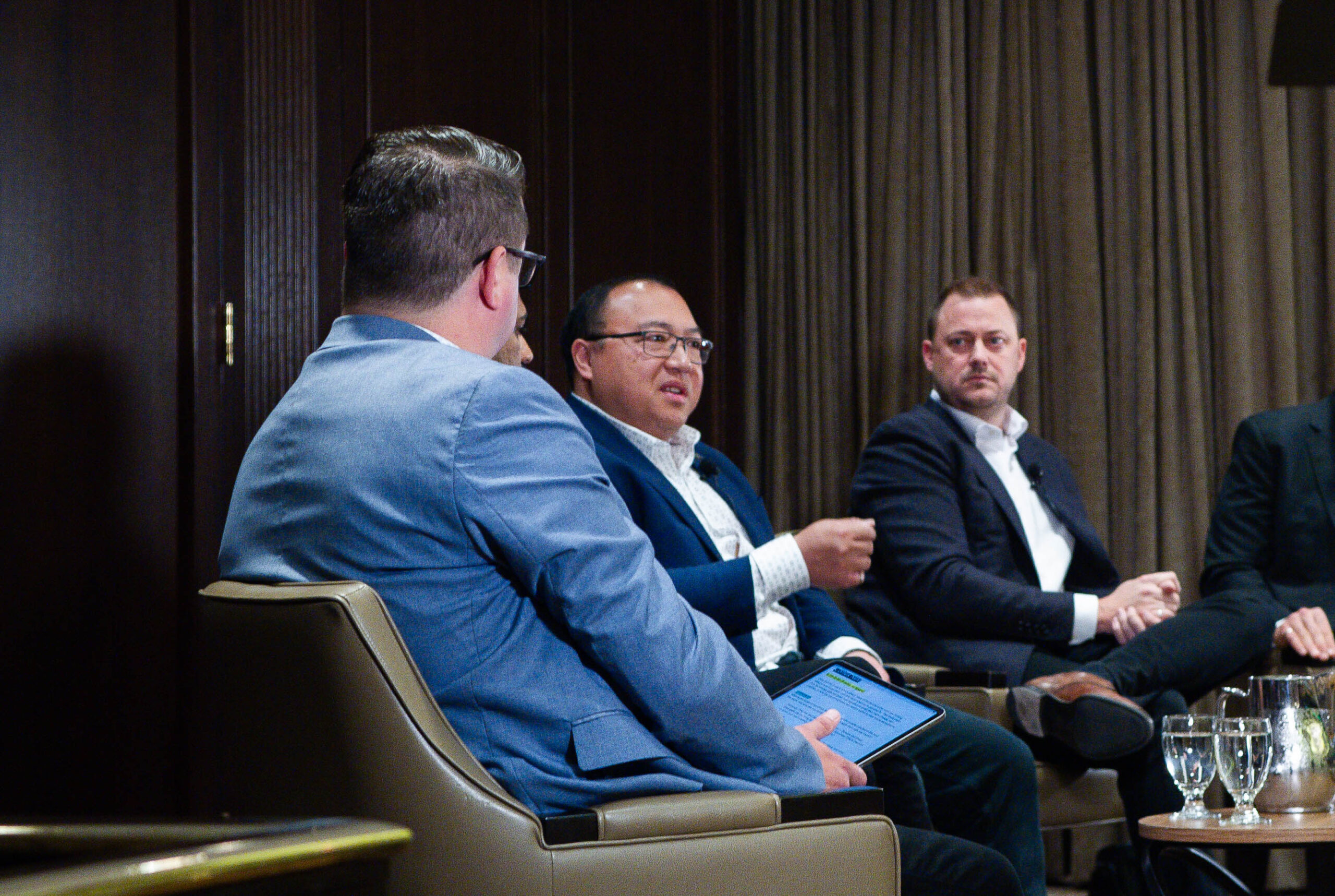
- Thinking beyond job titles
Take advantage of the different roles executives and managers have held before, recommended Kim Chiu, President of SCR Cold Lake at Strathcona Resources.
“Every individual at that table has done more than one function in their past, and although they happen to be sitting in the reservoir chair or the production chair, I don’t want an individual or a mindset that ‘I’m paid for this, so I’m only going to be looking at this’,” Chiu explained.
He encourages his people to respectfully and professionally push each other, even if the challenge at hand might extend a bit beyond their main job description.
“I really try to encourage respectful dialog, and I don’t want to use the word conflict, but different viewpoints for sure.”
Which isn’t to say that specialty insights aren’t necessary.
“We really need to focus our teams on specific reservoir types, and build expertise in those specific types,” said Brian Hamm, President and CEO of McDaniel.
But being part of the big picture conversation is still important because it enables a broader view of the project, and supports keeping it on track
“What we don’t do is we don’t want to silo them in … our engineers, our geologists will look at the whole gamut, all the way from the base production through to the economic net present worth of an entity,” he said.
Watch the full FutureFlow 2025 panel to hear how these leaders are helping their teams to work differently. To continue reading, explore how leaders are helping their teams to work differently, which technologies are delivering value, and what they see coming next for the industry.

